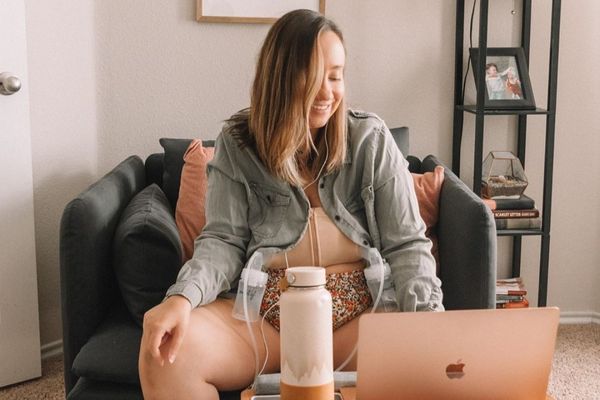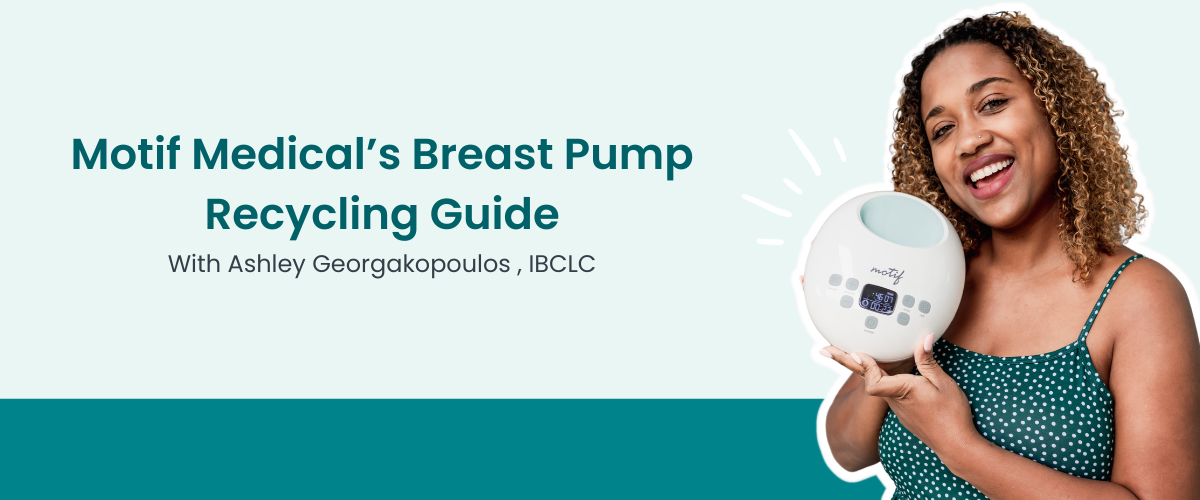Did you know you could both breastfeed and pump your breast milk? Is it necessary to do both? This greatly depends on your plans, your goals, and your situation. That’s right, as usual, this is another way breastfeeding is individualized! Let’s discuss how to “combination feed”, why you might do both, and ways to sustain this option.
Why Combination Feeding?
Generally speaking, choosing to breastfeed does not inherently require pumping your breast milk. In most healthy situations, with little-to-no major obstacles, breastfeeding can be done exclusively without the need to pump to maintain or grow milk supply. However, there are many reasons to incorporate pumping your breast milk, even when everything is going well!
- Preferences on bottle feeding.
- Going back to work and need to maintain breast milk supply. Any separation from a breastfed baby that would prevent feeding and require bottle feeding (i.e. NICU stays, surgery, date nights, YOU time, trips, work, etc.)
- Engorgement and Mastitis relief* (within reason, as expressed milk tells the body to replenish)
- Increase milk production where applicable*
- Trigger let down response or prime nipples for improved latching, where applicable
* Best practices include consulting with an IBCLC (lactation consultant) to manage symptoms, protect milk supply, prevent oversupply/engorgement, and discuss how the baby’s feedings are going.
How to Combine Feedings With Pumping Sessions
1. Choose Your Breast Pump: Determine the Need and Goals
We need to lay out the short- and long-term goals for providing breast milk. This will help to decide what type of pump is needed to fulfill the task. For example, for occasional feedings away from baby and just as-needed pumping sessions, a smaller electric breast pump or manual pump works perfectly. For larger volume needs, such as part-time pumping while at work or feeding multiples, a hospital-grade pump may be the ticket!
2. Size for Your Flanges/Breast Shields
This can be done on your own or with the help of an IBCLC. Having a proper fitting flange is crucial, just as getting the latch correct while breastfeeding is crucial to getting enough milk and avoiding pain and damage to the nipples.
3. Develop a Pumping Schedule
Some babies feed well when the breast is fuller, in cases where suction is weak for them. Others feed fine after pumping or are not feeding at all and are learning while simultaneously providing extra stimulation.
At any rate, the breasts are never truly empty when lactating hormones are at work. Weighted feeds in babies, administered by an IBCLC, are important for those needing help with milk transfer.
For more intensive pumping regimens, see also increase milk supply: power pumping mimics cluster feeding.
For pumping sessions designed to simply replace a feeding, such as pumping at work, developing a schedule to support the frequency and duration is the most important aspect of maintaining a healthy milk supply. It’s not crucial to pump 6-8 oz of milk per session, but 3-4 is perfect! Aim to pump 1-2 oz per hour rate. So if pumping every 3-4 hours, 3-4 ounces is right on point. Try not to exceed 4 hours between sessions, as longer signals to the body that the milk isn’t being used and will start to replenish less over time. Communicate with the baby’s caregiver about amounts per feeding, as it differs greatly from formula feeding ratios.
Using Your Breast Pump Effectively and Safely
Breast pumps are much stronger and more efficient in their design than they were even five years ago. Having different settings to work with allows breastfeeding women to adjust for their comfort, too. With an effective pump and comfortable, attainable settings, pumping breast milk becomes a much more efficient task.
Cycles refer to the rate or speed of the full pump motion. Strength settings refer to the suction strength within each cycle. Both should vary and invert (or switch) between the two modes: Massage and Expression. Massage should last approximately 3 minutes, with the cycle setting faster than the expression and the strength setting lower than.
Once in expression mode, the milk flow increases, and the increase in strength settings with slower cycles mimic a baby drinking and drawing it out, maximizing the milk flow and potential output.


Other Things to Know
“Nipple confusion” has been debunked. What does happen, however, is milk flow confusion or frustration. Opting for a slower-flow nipple can mimic the baby nurses' flow rate at the breast. Expressed breast milk should be given at a paced rate, not just with the type of nipple used, but feeding in a more upright position and occasional burp breaks as needed. This also preserves the expressed milk supply, not adding unnecessary pressure on the mother to maintain amounts given in excessiveness. Self-paced feedings are encouraged while at the breast, so mirroring this in bottle feeding supports this method.
The amount of milk your baby needs is based on age and weight but does not vary greatly when your baby receives breast milk. Breast milk calories and nutrients change and condense without much change in volume. This means the most the average breastfeeding baby would naturally take in at any given time would be 5 oz in a session. No need to pump 6-8 oz or have huge stashes of milk storage bags in the freezer. So many end up having extra milk from thinking this is the need, or may even give up when that goal is unattainable.
This is vastly different from formula, as it does not change in ratio and therefore has to be increased in volume per feeding. If supplementing with formula, expressed breast milk can be added safely, but mixing the formula separately first is important.
Information provided in blogs should not be used as a substitute for medical care or consultation.









